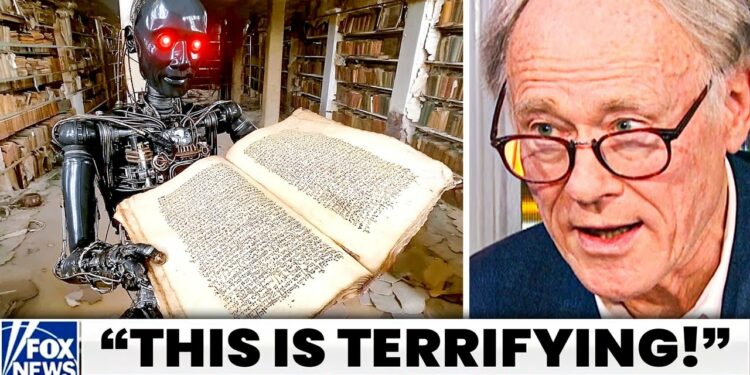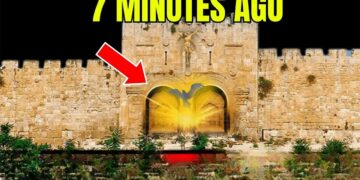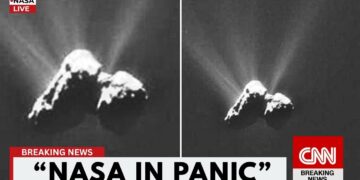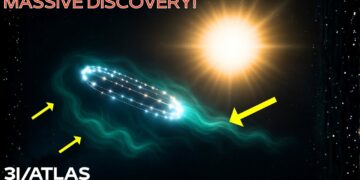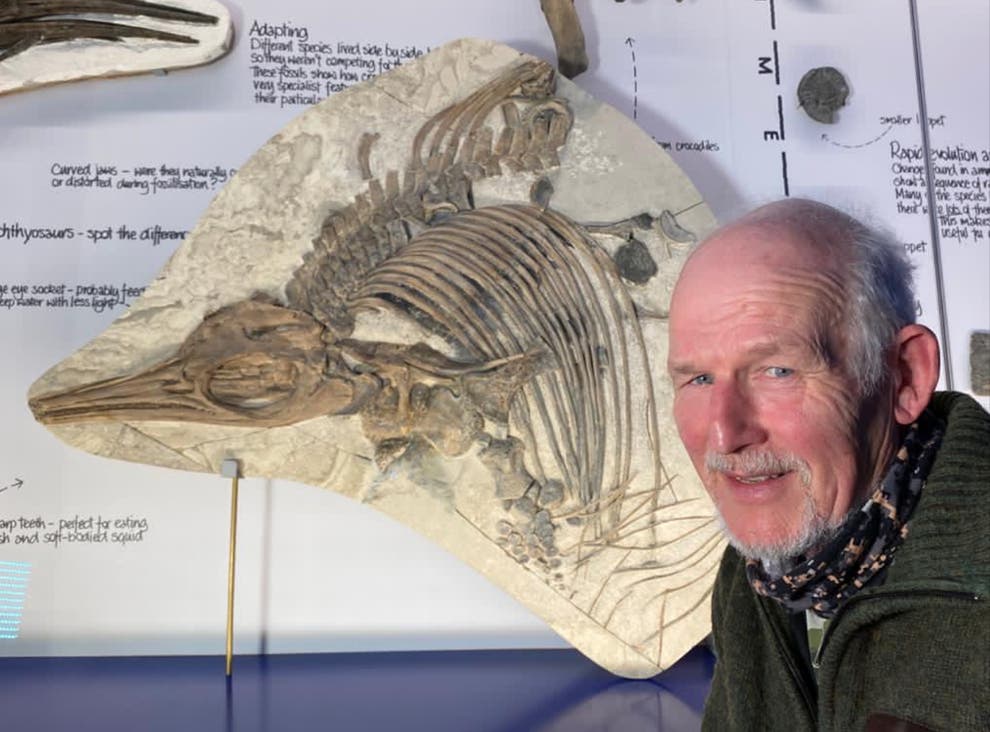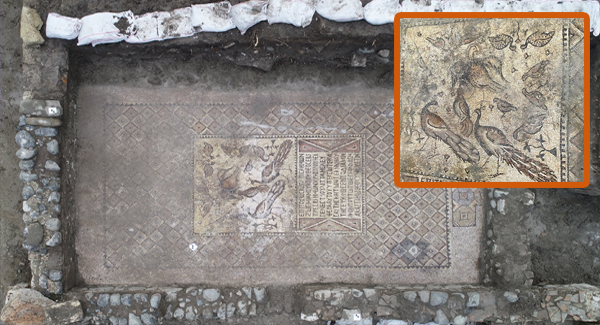It’s the book no one can decipher. Over 200 pages of strange symbols and surreal diagrams, locked in a Yale vault. The fact that the manuscript is written in an unreadable script suggests it holds knowledge someone intended to keep hidden. For six centuries, from Renaissance alchemists to Alan Turing, every codebreaker has tried and failed. Now, an AI claims to have cracked the Voynich Manuscript, but the outcome isn’t what anyone expected. [Applause] If this alphabet was used elsewhere, we’d know how to read it, how to pronounce its words. Are you certain?
Rewind to 1912. A Polish book dealer, Wilfred Voynich, uncovers this vellum mystery in a Jesuit library. Carbon dating places its origin in the late 1400s. No Rosetta Stone, no familiar alphabet—just a puzzle that has resisted solution until now. In the next 30 minutes, I’ll reveal what the AI discovered. [Music]
A student once asked, “Will I claim God won’t keep these commandments?” This book feels divine. Enter the AI’s bold claims. After countless human failures, it was perhaps inevitable that researchers would turn to a new kind of codebreaker—one made of algorithms and silicon, not flesh and blood. By the 21st century, some wondered if a machine could succeed where human minds had not.
In 2016, computer scientist Greg Kondrak and his graduate student Bradley Hauer at the University of Alberta applied cutting-edge AI to the medieval Voynich enigma. They developed an AI system for text analysis and computer-assisted decoding. “We can crack coded texts from the 17th, even 18th century,” they said. Their plan was ambitious: use AI to identify the original language of the Voynich Manuscript by comparing its patterns to those of known languages. If this alphabet was used elsewhere, we’d know how to read it. Are you certain?
The idea was to let the algorithm uncover any human language traces hidden in the text. If traditional cryptography and human intuition had failed, perhaps raw computing power and pattern recognition could break the code. Kondrak and Hauer trained their AI by feeding it the Universal Declaration of Human Rights translated into 380 languages. This gave the algorithm a deep understanding of statistical patterns—letter frequencies, word structures, and more—across diverse languages. The AI learned to analyze text and identify patterns resembling Spanish, Italian, or Latin based purely on letter sequences. Without knowing the language, deciphering is impossible. The AI didn’t comprehend meaning; it simply recognized numerical patterns.
Once trained, the researchers unleashed the AI on the Voynich Manuscript. Would it detect a familiar linguistic pattern in the gibberish? [Applause] The algorithm soon delivered a shocking result: the Voynich text was most likely written in Hebrew—not Latin or any European language, but medieval Hebrew, encrypted in some way. The AI’s confidence was striking, with over 80% of the manuscript’s words aligning with Hebrew patterns, assuming each word was an anagram of a Hebrew word with vowels removed. Hebrew script often omits vowels, resulting in shorter words, which matched the Voynich’s concise text.
If someone created such a book, it would have been immensely valuable. The hypothesis was tantalizing: the author might have taken Hebrew words, removed vowels, and scrambled the letters—a complex double cipher. Hebrew topped the AI’s rankings, though languages like Malay and Arabic also scored high, despite having no historical link to Hebrew. The researchers focused on Hebrew and tested their theory on the manuscript’s opening line, hoping it would reveal the book’s purpose.
They treated each word as a sorted anagram, converted the letters to Hebrew, and adjusted spellings, adding vowels manually. The result was still unclear, so they used Google Translate to convert the tweaked Hebrew into English. Astonishingly, a coherent sentence emerged: “She made recommendations to the priest, man of the house, and me and people.” Kondrak and Hauer suggested this could be the manuscript’s first decoded sentence. It’s grammatical, with an archaic tone, like a translation from ancient scripture. Could it hint at the manuscript’s meaning?
The researchers were surprised. “It’s an odd way to begin a manuscript,” Kondrak admitted. They also noted that some Voynich words, particularly in the herbal sections, resembled simple Hebrew nouns when rearranged with vowels added. This led them to speculate the manuscript might be an encrypted herbal or medical guide in Hebrew.
In early 2018, news of the discovery exploded. Headlines proclaimed the Voynich Manuscript solved by AI, captivating the public with the story of modern algorithms conquering a 600-year-old mystery. But was this truly a breakthrough, or a high-tech mirage? Extraordinary claims demand extraordinary evidence. [Music]
The Voynich Manuscript, reliably dated to the early 15th century, remained elusive. The AI’s decoding didn’t deliver the hoped-for revelation. The sentence—“She made recommendations to the priest, man of the house, and me and people”—was coherent but cryptic, more like a random phrase than a profound secret. As James Vincent wrote, it’s grammatically correct but could have been generated by chance. Beyond this line, the AI offered no deeper insights, no decoded paragraphs, just speculative guesses.
The few translated words—“farmer,” “light,” “air,” “fire”—were cherry-picked, relying on rearranged letters and added vowels. Critics noted that with enough manipulation, any text can yield words in any language. The translation process raised concerns: the AI didn’t produce the sentence independently. Researchers tweaked the output and relied on Google Translate, which often generates coherent sentences from nonsense. The result felt like an illusion—a sentence shaped to seem meaningful but lacking substance.
Scholars and cryptographers were skeptical. Lisa Fagin Davis, a medievalist, criticized the AI’s training on modern Hebrew, noting that 15th-century Hebrew differed significantly. Training on modern texts was like using today’s English to decode Chaucer. The AI’s top guess of Hebrew meant little, as algorithms always produce a result, even if it’s unreliable. Malay’s high score further undermined the findings.
The assumption that Voynich words were anagrams of Hebrew words was unproven, giving researchers too much freedom to find patterns. The reliance on Google Translate was particularly criticized. As Davis said, “Using Google instead of a medieval language expert undermines credibility.” Experts like Nick Pelling dismissed the AI’s solution as nearly impossible, emphasizing that the manuscript remained unreadable.
The experiment highlighted AI’s strengths and limits. AI excels at pattern recognition, analyzing vast datasets without bias. But it lacks human understanding, operating purely on statistical matches. Trained on modern texts, it struggled with the Voynich’s unique script. The AI didn’t “read” the manuscript; it forced a fit to known patterns, potentially hallucinating a translation.
This saga underscored the value of human scholarship. AI can spark ideas, but it can’t replace careful research. The Voynich Manuscript remains unsolved, its mystery enduring. Perhaps its power lies not in its secrets but in the questions it inspires, pushing us to explore, collaborate, and imagine. The code persists, a timeless enigma.

